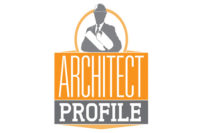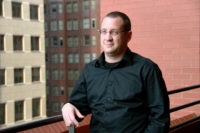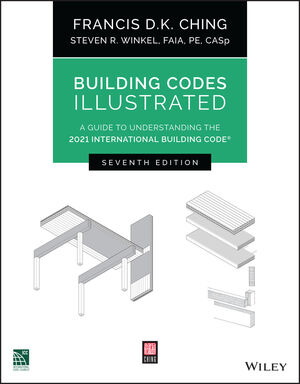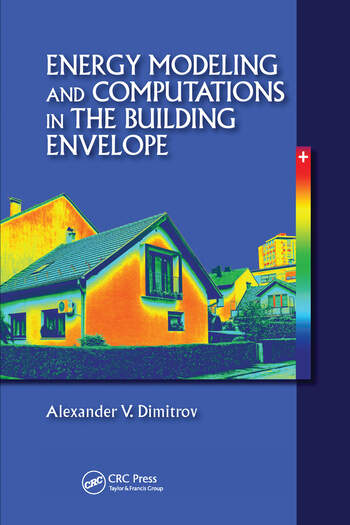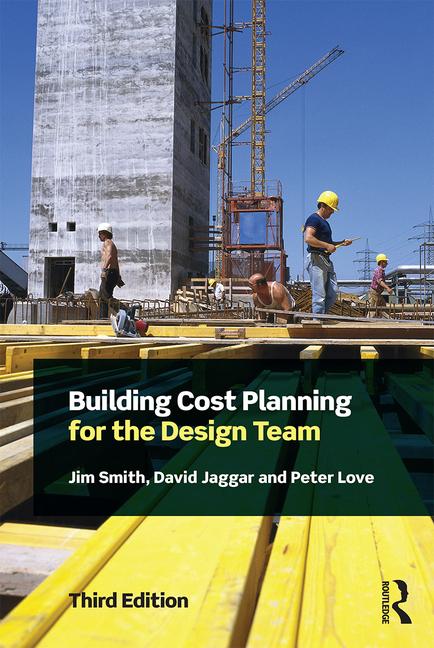Building Professional of the Month: Jorge Mastropietro
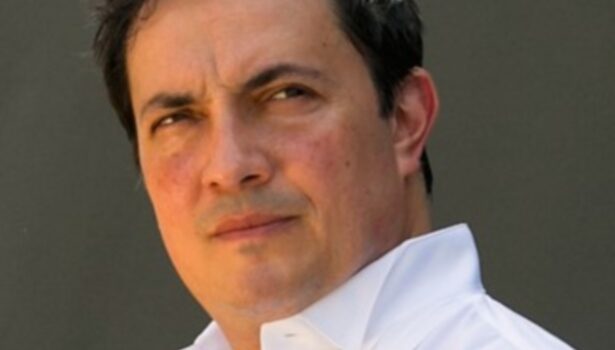
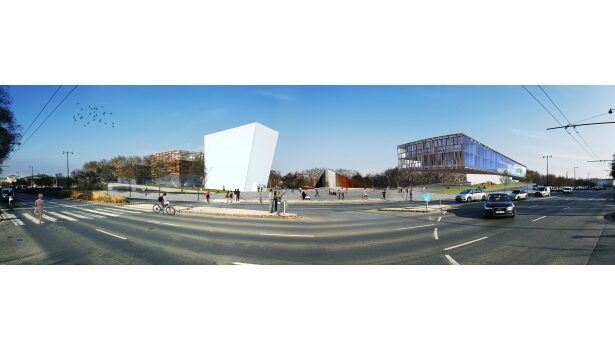
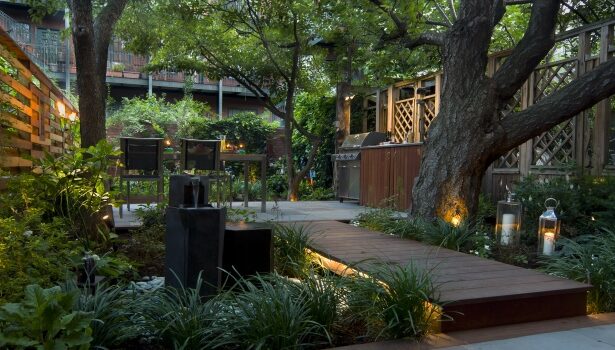
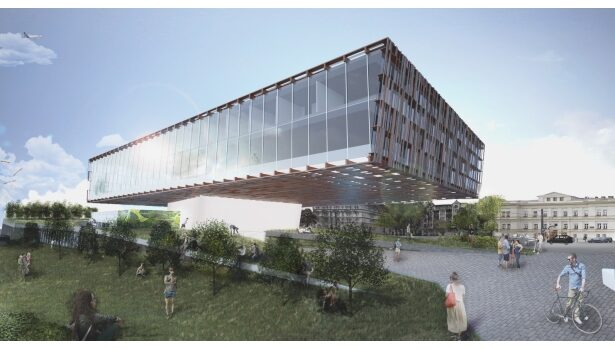




Jorge Mastropietro, AIA, is principal and architect at Jorge Mastropietro Architects Atelier, dually practiced in New York and Buenos Aires. He studied at the Universidad de Moró in Buenos Aires, starting his career as an intern while at University.
His experience propelled him into his first job working as a structural engineer draftsman for his father near after. Mastropietro started his own practice three years later after working with smaller architectural firms; at the present, his firm is focusing on passive design, the use of highly effective designs that are cost effective, and comfortable interiors.
Recently, BE sat down to talk with Mastropietro about his career.
Building Envelope: How many years do you have in the profession?
Jorge Mastropietro: I started working as an architect in 1992, so soon it will be 23 years.
Building Envelope: What is your work history in this field?
Mastropietro: I started working as an intern while I was at college. My first job was with my father who was a structural engineer. I was one of his draftsmen. I learned a lot about how structures work. After a few years working in small architectural firms, I started my own practice in Buenos Aires.
In 2001, Rafael Viñoly asked me to join his team in New York City. I learned how to design and manage much larger projects. I was project architect for several buildings, and project manager for the Carrasco international airport in Uruguay.
After many years working with Viñoly I decided to start my own practice in New York.
Building Envelope: Where did you go to school?
Mastropietro: I’m proud to have studied in Buenos Aires, at the Universidad de Morón or UM, a private university in Buenos Aires. It was a six-year degree. Then I took classes in Barcelona, and I received my master’s degree in urban design.
Building Envelope: Did you have a specialization?
Mastropietro: No, but I believe that well-trained architects can design everything. At my schools and as an intern, we were trained in that way. Working for Rafael Viñoly, I worked on a museum, a college, a residential building, and an airport.
Today, our firm is pushing to focus on passive design, the use of highly efficient building designs that save energy and make interiors as comfortable and cost-effective as possible.
Building Envelope: Do you approach architecture from an artistic or functional starting point? Are the two concepts exclusive?
Mastropietro: I think architecture has to be inclusive within these two concepts, and must even allow for other, additional concepts at the starting point. If we build based only on a functional starting point, the architect is really serving as nothing very distinct from a contractor. As architects, we need to integrate everything into the design: function, aesthetics, the structure, and image—even symbolism.
Everybody has basic needs and artistic needs. The basic need is the functional part of a building. The artistic needs—I like to call them the poetic needs—are part of what it is to be a human being. For our clients, we have to satisfy both the functional and artistic needs.
Building Envelope: If any, who are your role models?
Mastropietro: I admire many other architects, and their work has influenced me. I think history has given us many role models. Everyone has something different to offer us I can start from Michelangelo, who brought back the classicism, Corbusier, Herzog De Meuron.
Building Envelope: What projects, other than your own work, do you find inspiring?
Mastropietro: Many buildings. Again, I can go back to the history. Buildings like Hagia Sofia in Istanbul, built 1800 years ago, or Ville Sovoye by Le Corbusier.
Building Envelope: How many buildings have you designed?
Mastropietro: I don’t know. I have lost count.
Building Envelope: If you had to choose one to represent your work, what project would you choose?
Mastropietro: Every work, every project that I worked, is like one of my children. It is impossible to have one that I will choose over others.
Building Envelope: What types of products interest you?
Mastropietro: There aren’t really any specific products that interest me more than others. I like to explore new products. Our firm is always searching for new products. But, if I have to start somewhere, I’m in the search of sustainable products. It is time for all of us to start thinking more about sustainable building methods and products. We need to leave a better world for our children, and using sustainable products is part of the solution.
We like to use green materials, and many of our buildings include certified red cedar siding—as in the exterior of our multifamily building at 93 Bright Street in New Jersey, or the reclaimed wood proposed for the exterior of a major new museum in Budapest.
We also use paper stone, such as Richlite, and of course we use brick, especially when we work in historic districts and we have to use materials that help us to be a good neighbor, respecting adjacent historic buildings. We also use glass, especially triple-glazed windows, which are very energy-efficient and ideal for passive design.
Glass is such a valuable part of the building envelope. We think it is important to have bright interior spaces, and to bring the outdoors inside as much as possible. All the materials that we choose have good insulating properties, which is another critical aspect of passive design concepts.
For the roof enclosure, most of our buildings have flat roofs, so we use the space whenever possible to have a kind of private park—in another words, a green roof—making it kind of like one’s very own High Line. This helps not only the surrounding environment by limiting storm runoff but they also add insulation to the buildings and best of all create these private oases. People enjoy spending time on a green roof, and they get more value and enjoyment from these private parks.
For the interiors of our multifamily and residential projects, we tend to keep things fairly plain. For commercial spaces and public spaces, we always look for durable materials, including wood finishes, porcelain and brick.
Building Envelope: What types of products in the wall and ceiling industry really interest you?
Mastropietro: For walls and ceilings, you can also find a lot of sustainable, green, healthy products. This includes nontoxic finishes and durable materials such as wood and porcelain.
Looking for a reprint of this article?
From high-res PDFs to custom plaques, order your copy today!




